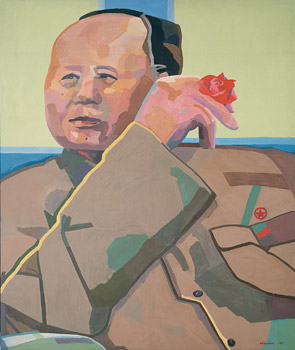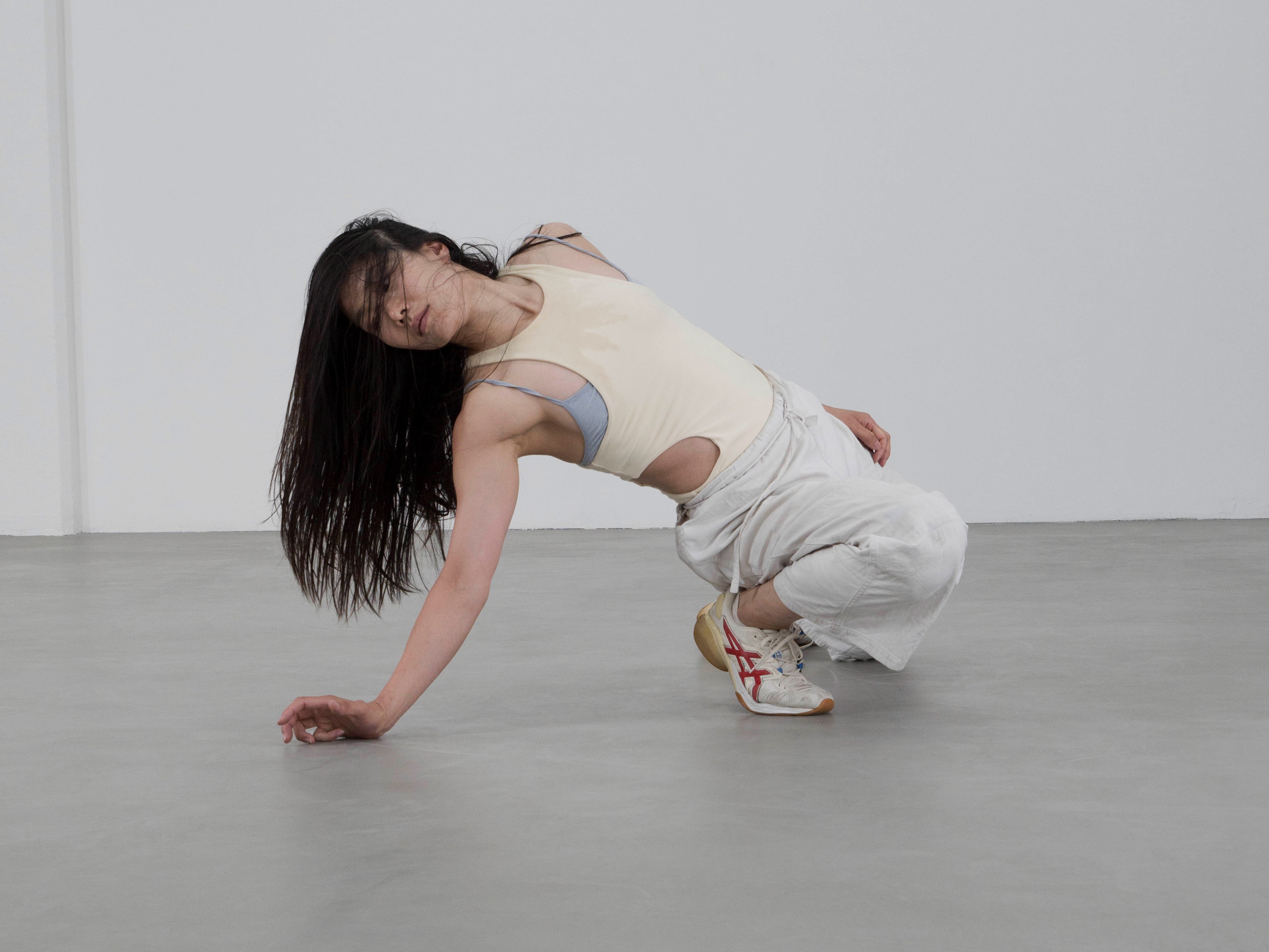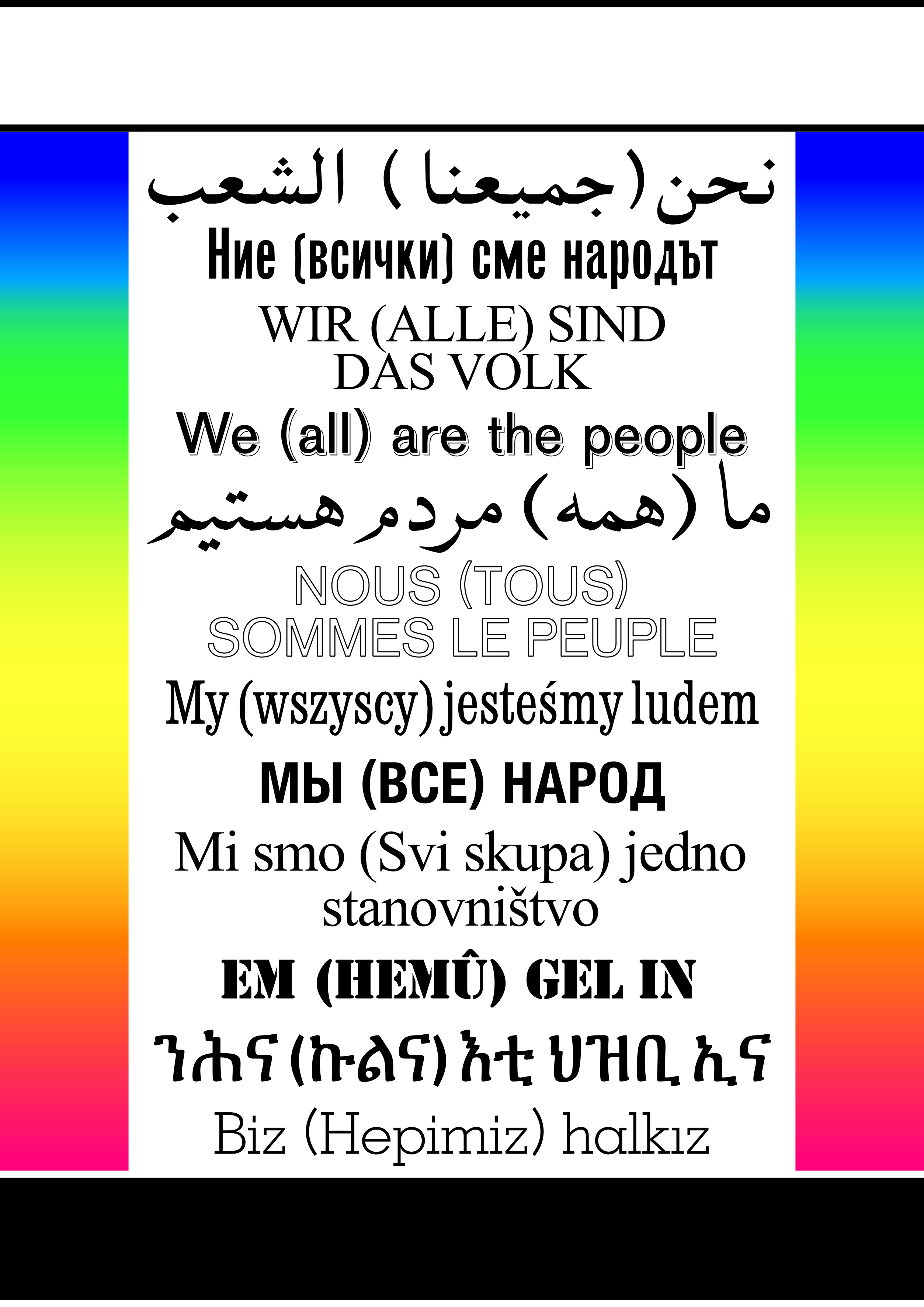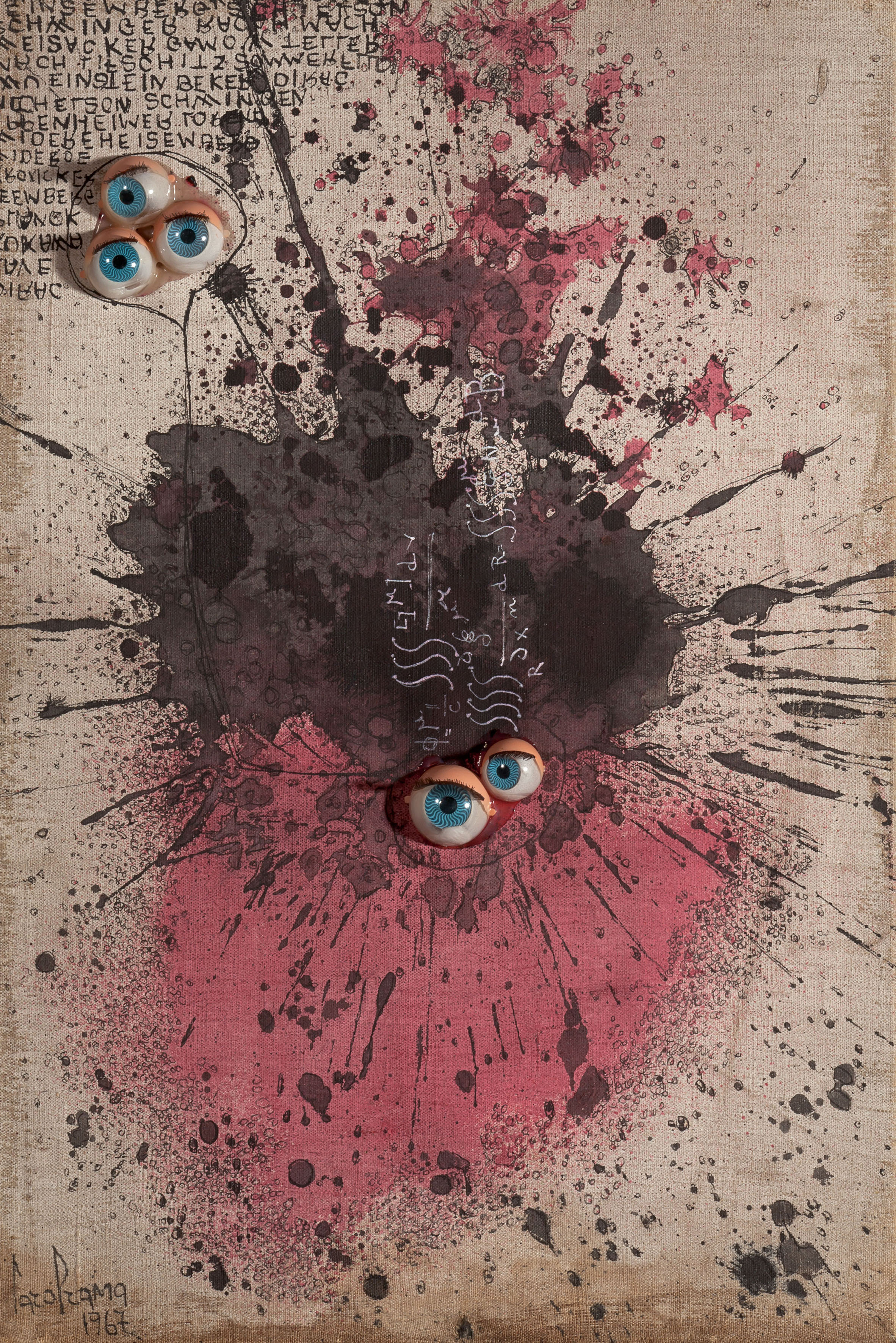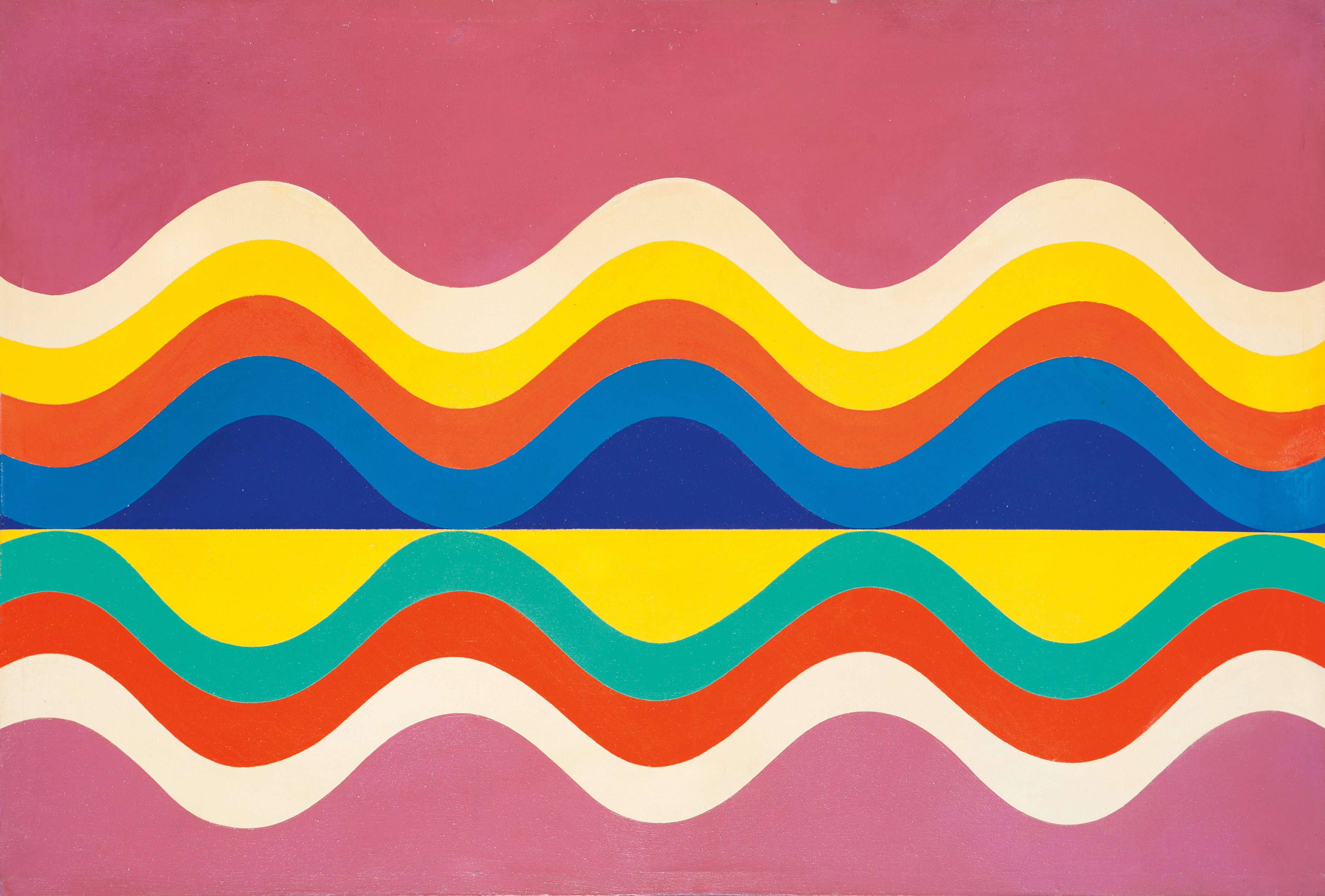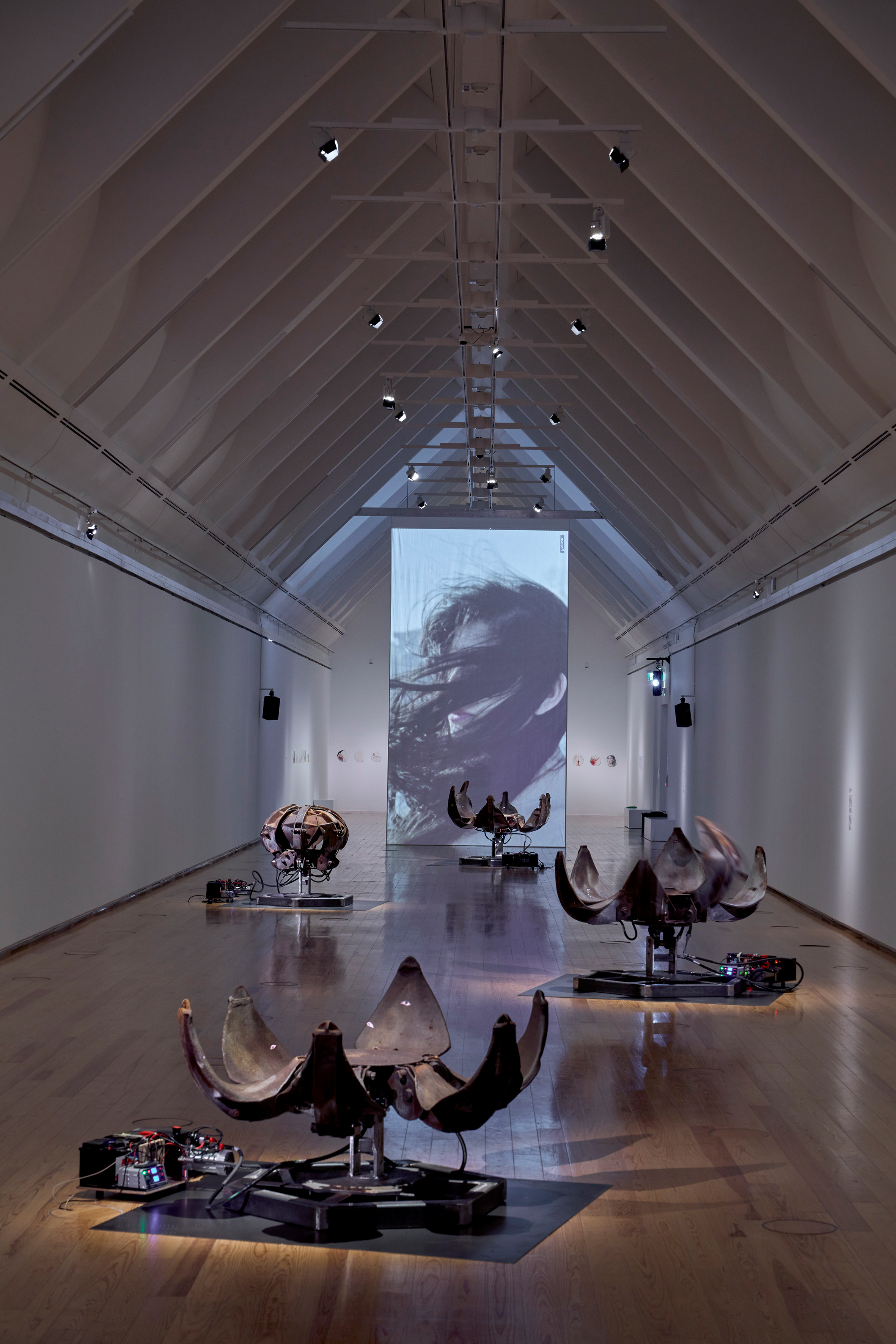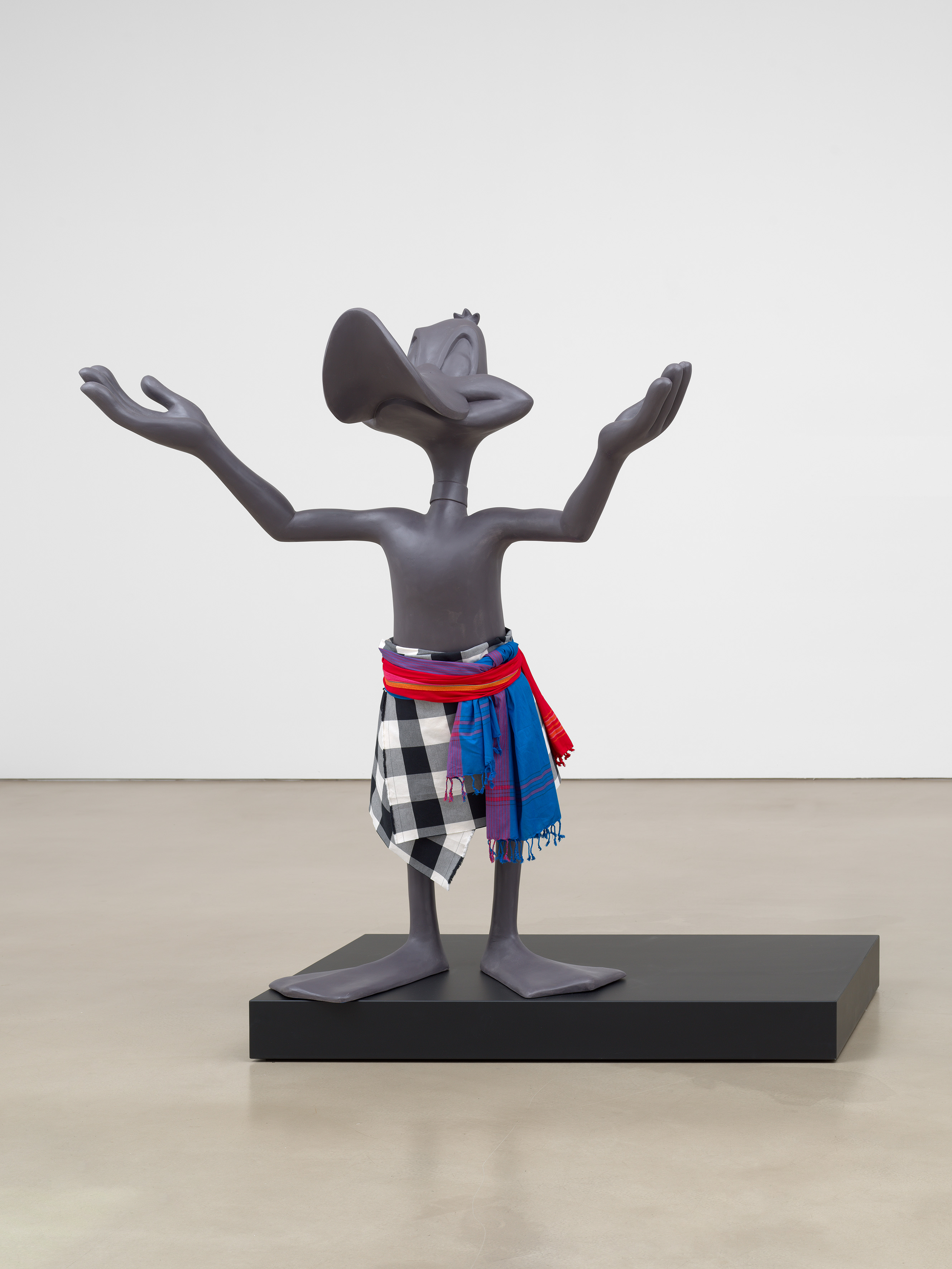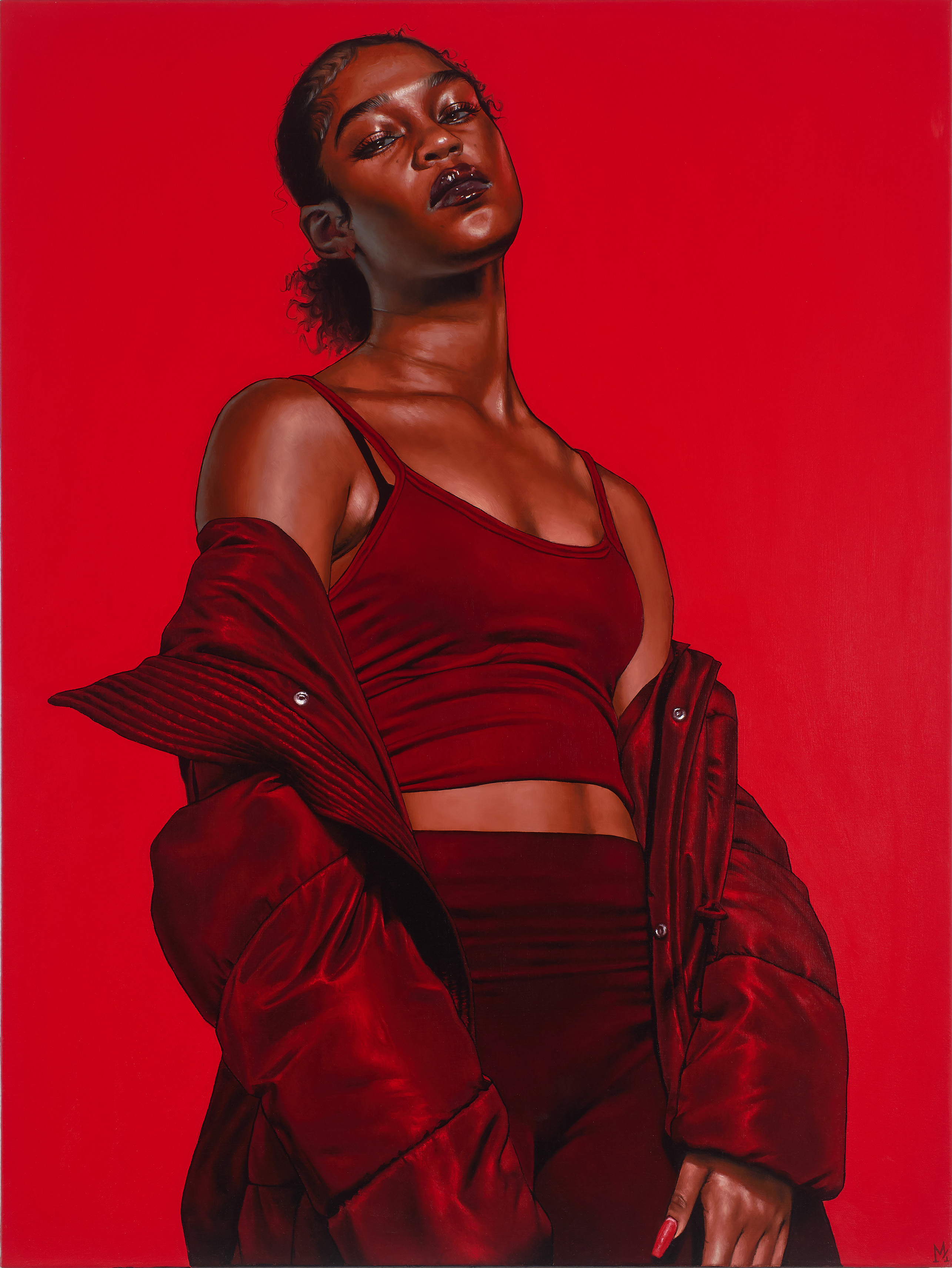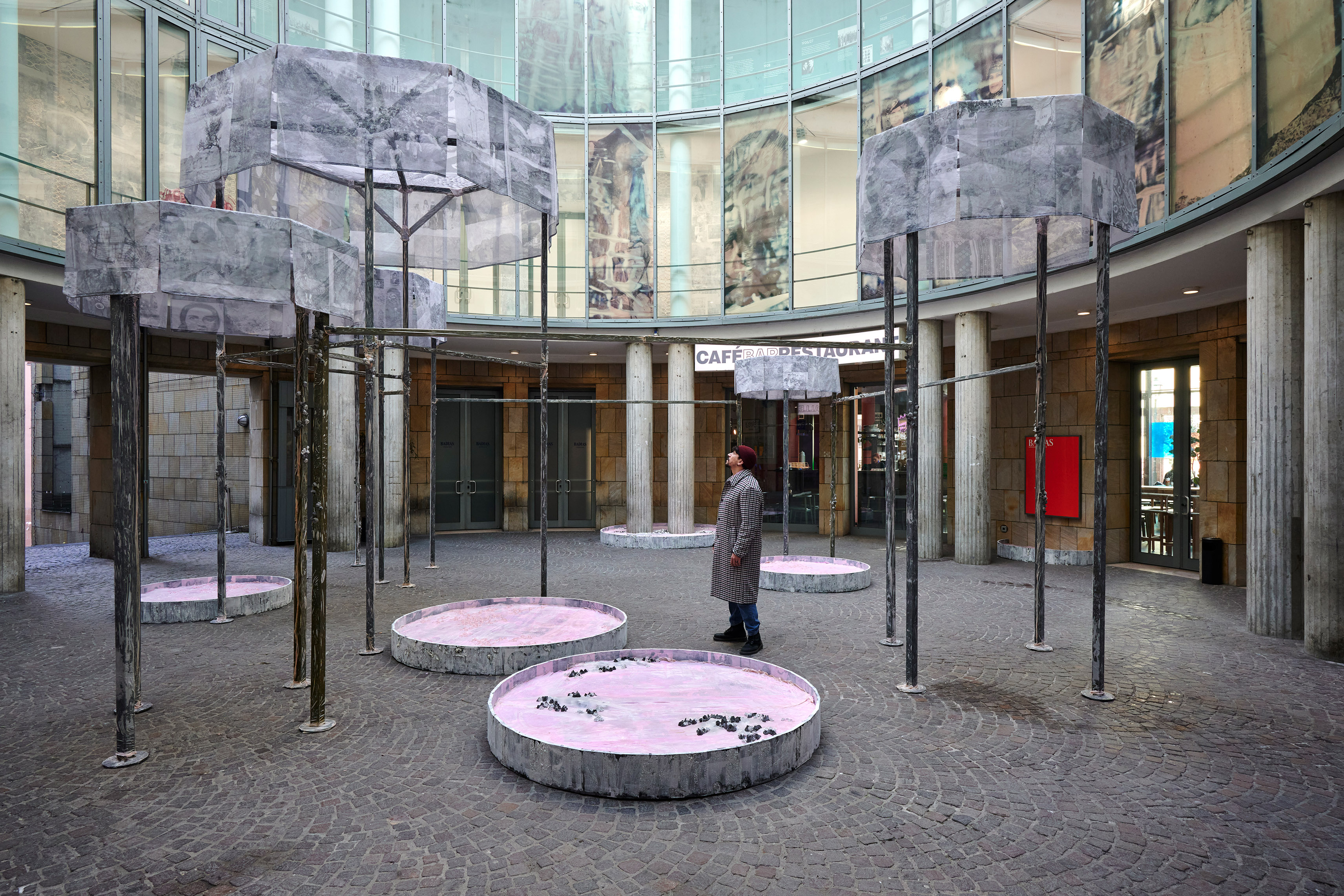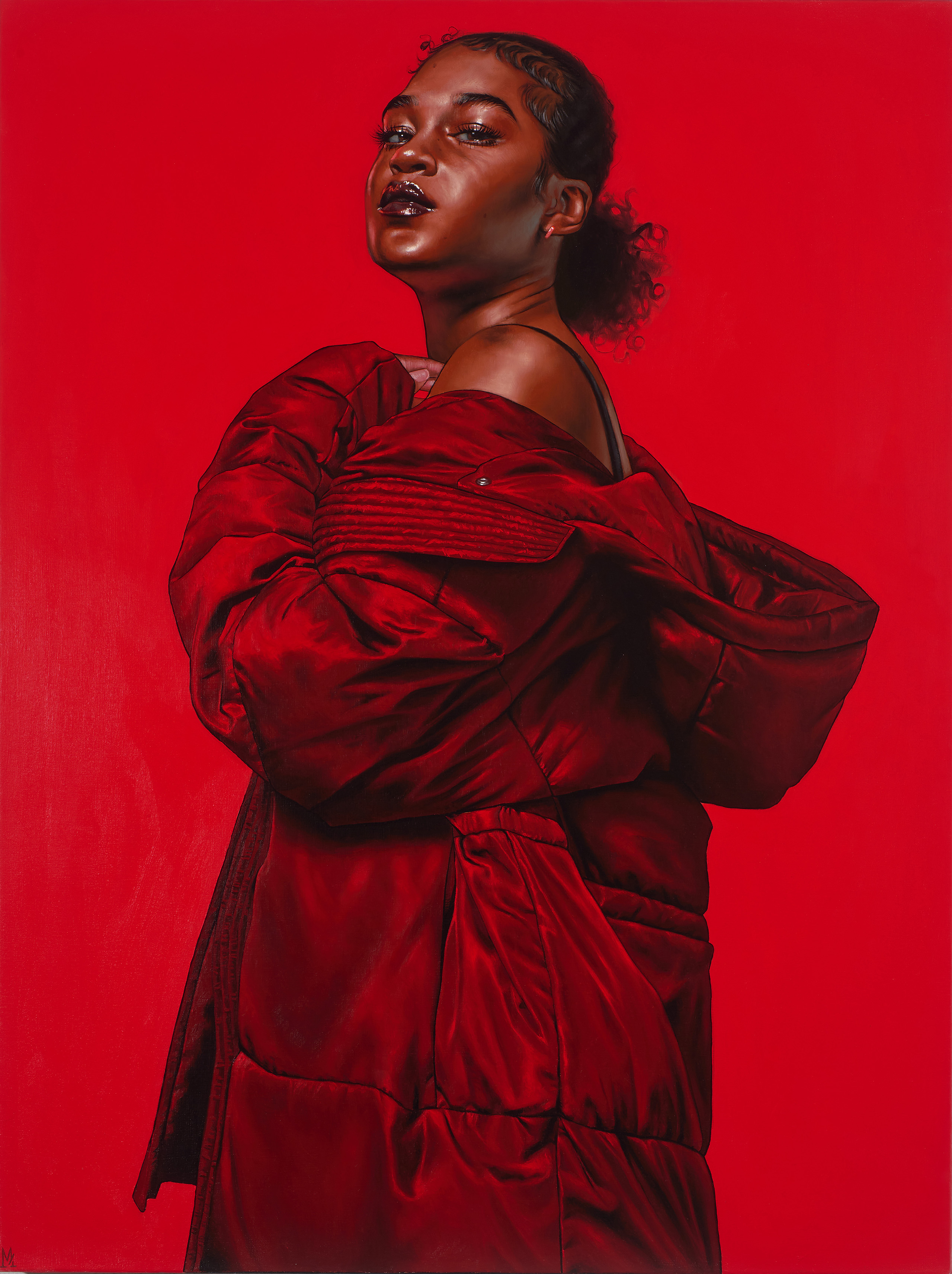Eugen Schönebeck
1957–1967
23 February–15 May 2011
Römerberg
60311 Frankfurt, Germany
T (+49) 69-29 98 82-0
F (+49) 69-29 98 82-240
welcome@schirn.de
www.schirn.de
From February 23 to May 15, 2011, the Schirn presents a comprehensive retrospective dedicated to the German painter Eugen Schönebeck, which will feature almost all of his surviving paintings and his most important drawings. After devoting himself to Tachist drawing in his beginnings, Schönebeck turned to figurative drawing and painting and was one of the first German artists to thematize the traumatic experiences of World War II. He created unique works combining the abstract and the figurative. In 1961 and 1962, he and Georg Baselitz pilloried the jaded bourgeois art world in their two “Pandemonic Manifestos”. In the mid-1960s, Schönebeck’s growing awareness of the Socialist intellectual world inspired the artist to create timeless portraits of various “Heroes of the East,” none of which were produced for propaganda purposes. In these pictures, Schönebeck not only examined the character and behavior of revolutionaries such as Lenin, Trotsky, and Mao, but also fathomed the significance of the artist’s willingness to take risks. Schönebeck’s paintings and drawings were indeed ahead of their time, and to this very day the issues they deal with have retained their topicality. Comprising thirty paintings and an equal number of drawings, the exhibition at the Schirn shows the first extensive survey of Schönebeck’s oeuvre after the retrospective prepared by the Kestnergesellschaft Hannover in 1992.
Eugen Schönebeck was born in Heidenau near Dresden in 1936. In 1954, after being apprenticed to become a stage-set painter at the Municipal Arts and Crafts College in Pirna, Saxony, he enrolled at the College of Applied Arts in East Berlin. He left the German Democratic Republic in the following year for West Berlin to study at the city’s Academy of Fine Arts. In his years at the academy from 1955 to 1961, he became familiar with the more recent developments in European art and showed himself impressed by the works of Nicolas de Staël, Jean Fautrier, Henri Michaux, Wols, Hans Hartung, and others. The intellectual atmosphere of Paris had a lasting influence on him. He read Baudelaire, Lautréamont, Rimbaud, and Artaud. His impressions inspired him to highly expressive gestural drawings. In 1957, he made friends with Georg Baselitz. An intense exchange of ideas about art ensued, which was to last for five years. Shortly after the publication of “Pandemonium II – Manifesto”, a poster-sized leaflet with texts by both artists, their collaboration found an end in 1962. Schönebeck had already turned his back to gestural painting at that time and gradually come to the conclusion that art had to be pointing a way forward. In Pandemonium II, he and Baselitz had called for a new art which was to detach itself from the prevailing abstract painting of Art Informel and Tachisme and in which, like in Surrealism, art and life were to be more directly related to each other again. This was how they hoped to open up a new approach to reality.
Schönebeck’s paintings and drawings from that time show mutated beings that seem to float between the world of the dead and the world of the living—fragmented and torn, oscillating between abstraction and figuration. The painting “Tortured Man” (1963) describes a ghastly slaughter. We see the mutilated limbs of a man whose intestines are spilling to the floor. Form only emerges to dissolve in this still not really figurative painting. These pictures are probably the earliest works by a German postwar artist giving form to the traumatic loss of belief in the lasting values of Fatherland and family. Schönebeck broke an explicit taboo with these pictures. In a manner more radical than his colleagues dared embarking on, he began giving a face to the dismantling of the pride in a German identity that was based on the crimes of World War II.
From 1963 on, Schönebeck, who had left the GDR as an anti-Stalinist and now found himself unable to return to his home country after the construction of the Berlin Wall in 1961, developed a growing political awareness in the confrontation with the European Left. In this atmosphere, he began to explore the subject of crucifixion, which until 1964 was to manifest itself in four paintings which cleared a path for figures and colors. With these works, the artist succeeded in proceeding to an aesthetics, which he would, within only one year, transform into an unmistakable style that had no real precursors and has remained without followers.
It was the painting “True Man” that rang in the new style in 1964. Schönebeck made a series of portraits of persons, which might be called “Heroes of the East.” These are followed by two pictures showing Lenin and Mao as well as large-size portraits of the Soviet poet Vladimir Mayakovsky, the Russian writer Boris Pasternak, and the Mexican painter, graphic artist, and communist activist David Alfaro Siqueiros. For these paintings Schönebeck relied on a flat kind of style which he had learnt in a mural training course in the GDR. He rendered subjects floating through his mind like phantoms, transforming them into icons. Fascinated by the two-dimensional character of Pop Art emblems, he thwarted the neutral-favorable attitude other artists had adopted toward Capitalist consumerism. His new view of the “Heroes of the East” lies in the way he uses them to expose the mechanisms of Socialist Realism, its modes of influence, and the ideology’s power of bewitchment. Schönebeck reveals the impact of pictures in a twofold way: pictures can ensnare people in an ideology on the one hand, but can also unmask the way they affect people on the other. The pictorial language Schönebeck used was clearly taboo in Germany at that time. The artist’s oversized portraits marked a new peak of the Utopian, cinematic quality of the best that Socialist Realism had to offer.
There was no market for such paintings at that time. In 1967, Schönebeck painted his last pictures and withdrew from the art scene.
DIRECTOR: Max Hollein
CURATOR: Dr. Pamela Kort
OPENING HOURS: Tue, Fri–Sun, 10 am–7 pm; Wed and Thu, 10 am–10 pm
INFORMATION: www.schirn.de
PRESS CONTACT: Dorothea Apovnik, phone: (+49) 69 29 98 82-148, fax: (+49) 69 29 98 82-240, e-mail: presse@schirn.de, www.schirn.de (texts, images, and films for download at PRESS)
Read more on the Schirn Magazine.
Follow us on Twitter.
Watch our videos on YouTube.
Become our fan on Facebook.
Subscribe to our newsletter.
